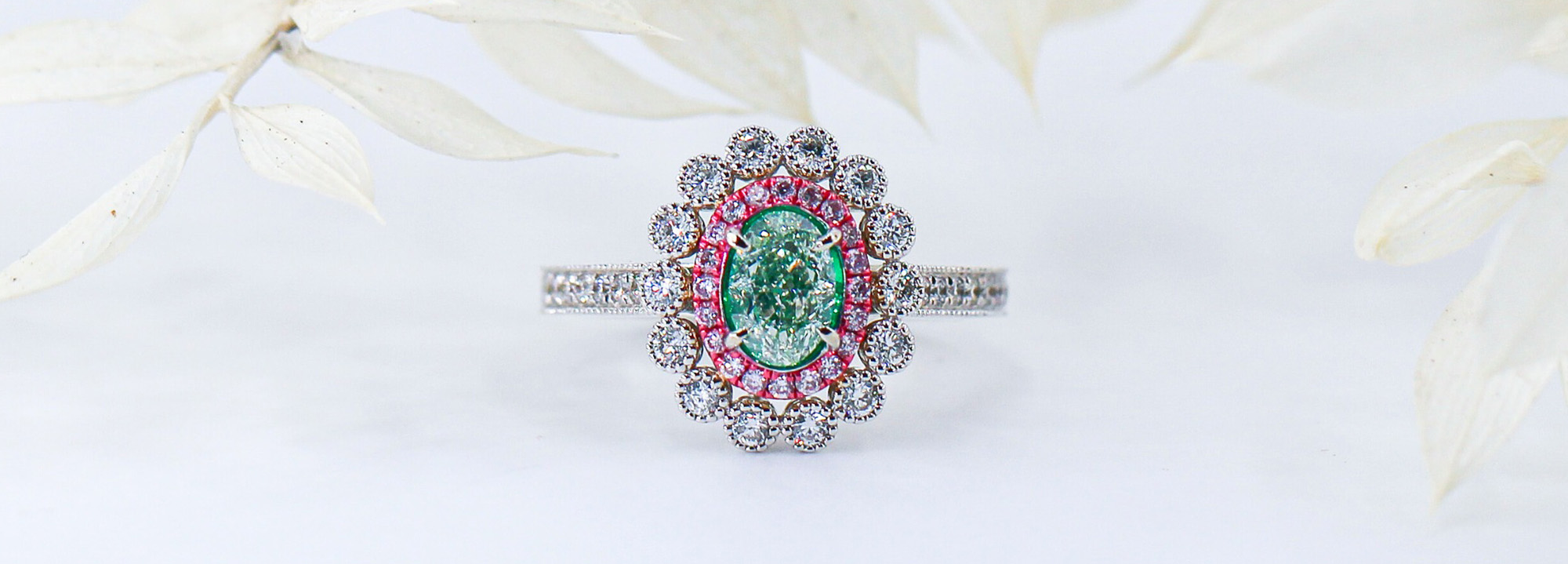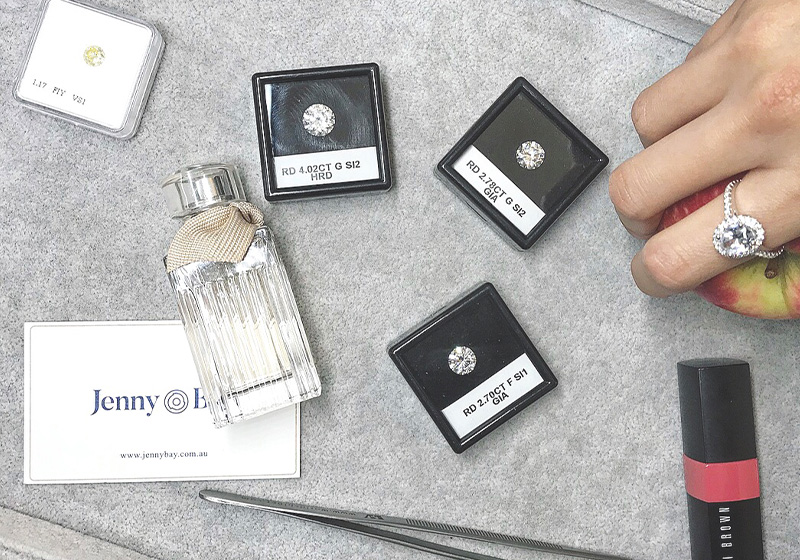
Common Misconceptions and Myths about Diamonds: Debunking the Mysteries of Diamond Rings
Diamonds have long captivated our imaginations, representing eternal love, luxury, and beauty. However, amidst their allure, diamonds have also become the subject of numerous misconceptions and myths. In this blog, we will debunk some of the most common misunderstandings surrounding diamonds and diamond rings. By shedding light on these misconceptions, we hope to empower you, our valued readers, with accurate knowledge and information to make informed decisions when it comes to purchasing or appreciating these exquisite gemstones.
Myth: The Bigger the Diamond, the Better
One of the most pervasive myths about diamonds is the belief that size alone determines a diamond’s quality and value. While a larger diamond can indeed be visually striking, it is essential to understand that several other factors contribute to a diamond’s overall beauty and worth. The 4Cs—cut, clarity, colour, and carat weight—are essential considerations. A well-cut diamond with excellent clarity and colour can appear more brilliant and desirable, even if it is not the largest stone available. Therefore, it is crucial to prioritise quality over sheer size when choosing a diamond ring that truly reflects your preferences and budget.
Myth: All Diamonds Are Perfectly Clear
Contrary to popular belief, not all diamonds are flawlessly clear. In fact, the majority of diamonds possess internal characteristics called inclusions and external blemishes. These unique formations are natural and occur during the diamond’s formation process. Diamond clarity refers to the absence or presence of these imperfections. While flawless diamonds are exceptionally rare and valuable, most diamonds contain imperfections that can only be detected under magnification. Understanding the clarity grading scale, from flawless to included, can help you make an informed decision based on your desired balance between clarity and budget.

Myth: All Diamonds Sparkle the Same Way
Every diamond has its own individual sparkle and brilliance, influenced by its cut quality. The cut of a diamond directly affects its ability to reflect and refract light, resulting in its captivating sparkle. Diamonds with excellent cut grades maximise their brilliance and fire, creating an eye-catching display of light. Conversely, diamonds with poor cut grades may appear lacklustre and fail to showcase their full potential. When selecting a diamond ring, prioritise a well-cut diamond to ensure maximum brilliance and the ability to captivate the beholder with its dazzling display of light.
Myth: Yellow Diamonds are Less Valuable
While colourless diamonds are often perceived as the most valuable, diamonds come in a range of colours, including yellow. These fancy coloured diamonds possess unique beauty and can be highly sought after by collectors and enthusiasts. The Gemological Institute of America (GIA) grades fancy coloured diamonds based on their hue, tone, and saturation. Yellow diamonds, also known as “canary diamonds,” can exhibit stunning shades and offer a distinctive appeal. They can be as valuable and desirable as their colourless counterparts, emphasising the importance of personal preference and individual style when choosing a diamond ring.
By dispelling these common misconceptions and myths surrounding diamonds and diamond rings, we hope to empower you with accurate knowledge and information. Remember, when selecting a diamond, prioritise factors such as cut, clarity, colour, and personal preference, rather than relying solely on size or popular beliefs. The key is to find a diamond ring that resonates with your style, values, and budget. With this newfound understanding, you can embark on your journey to find the perfect diamond ring that reflects your unique love story and everlasting commitment.



